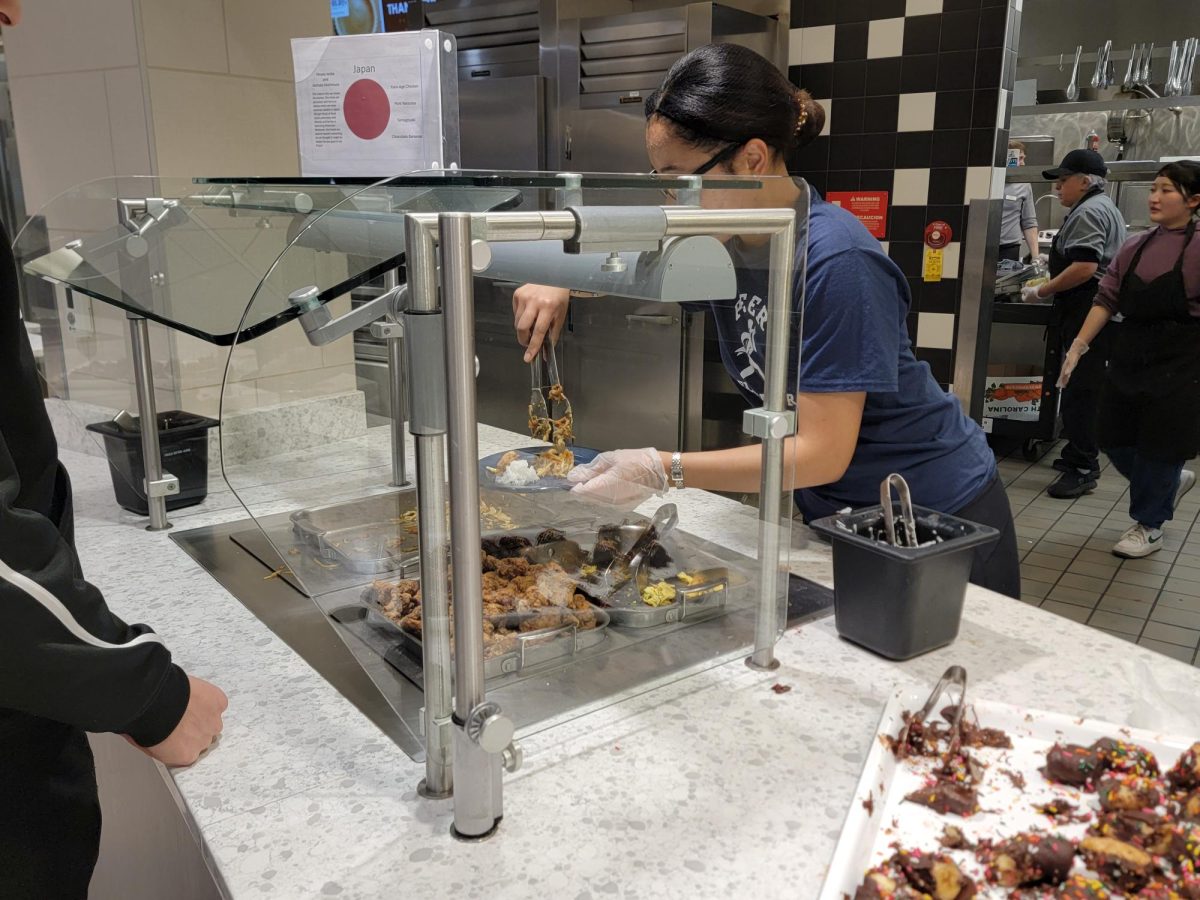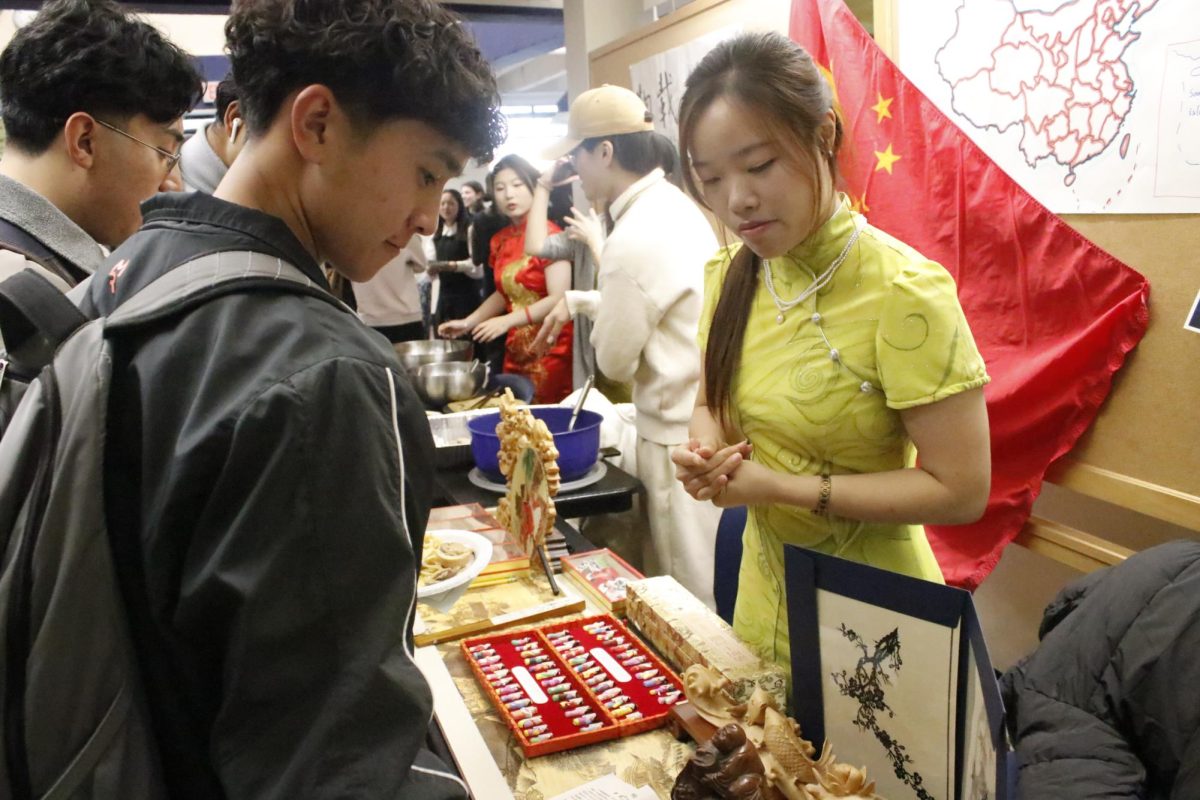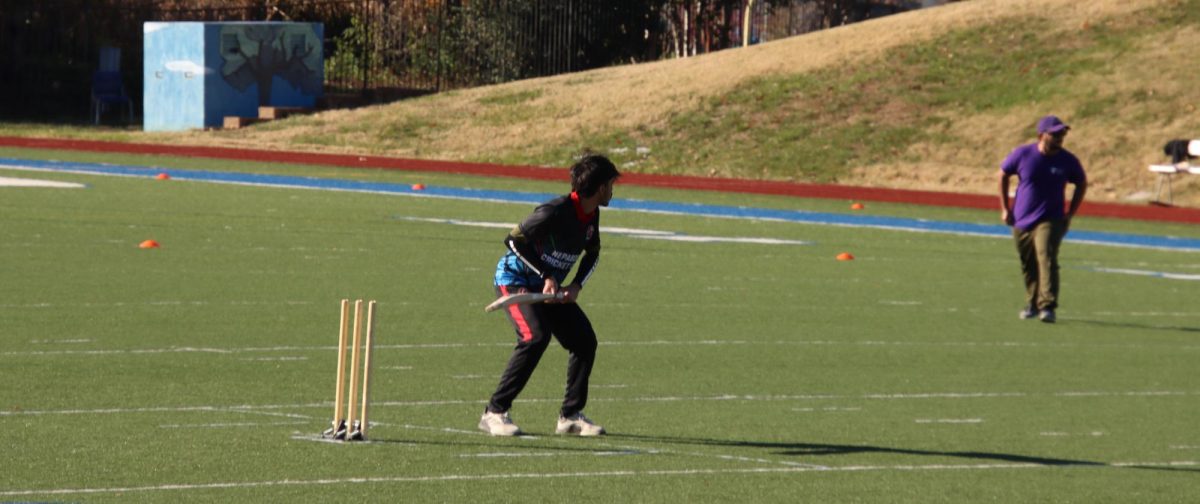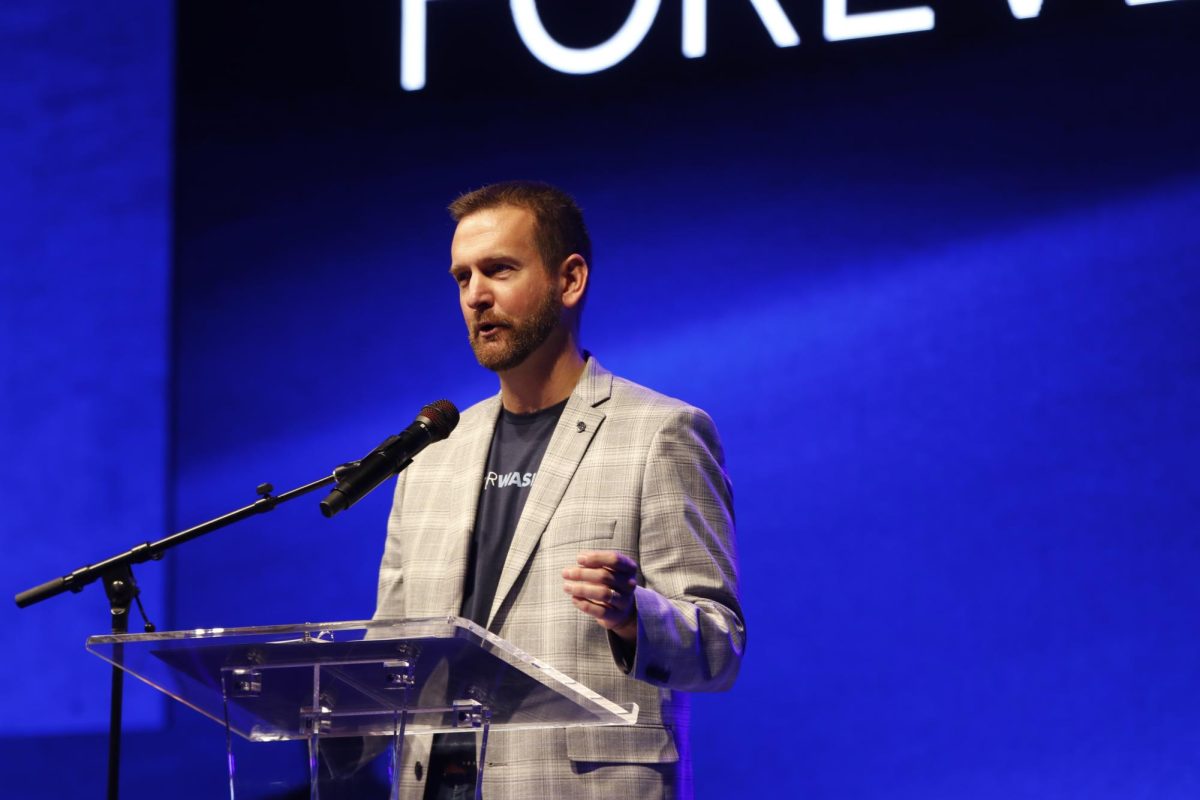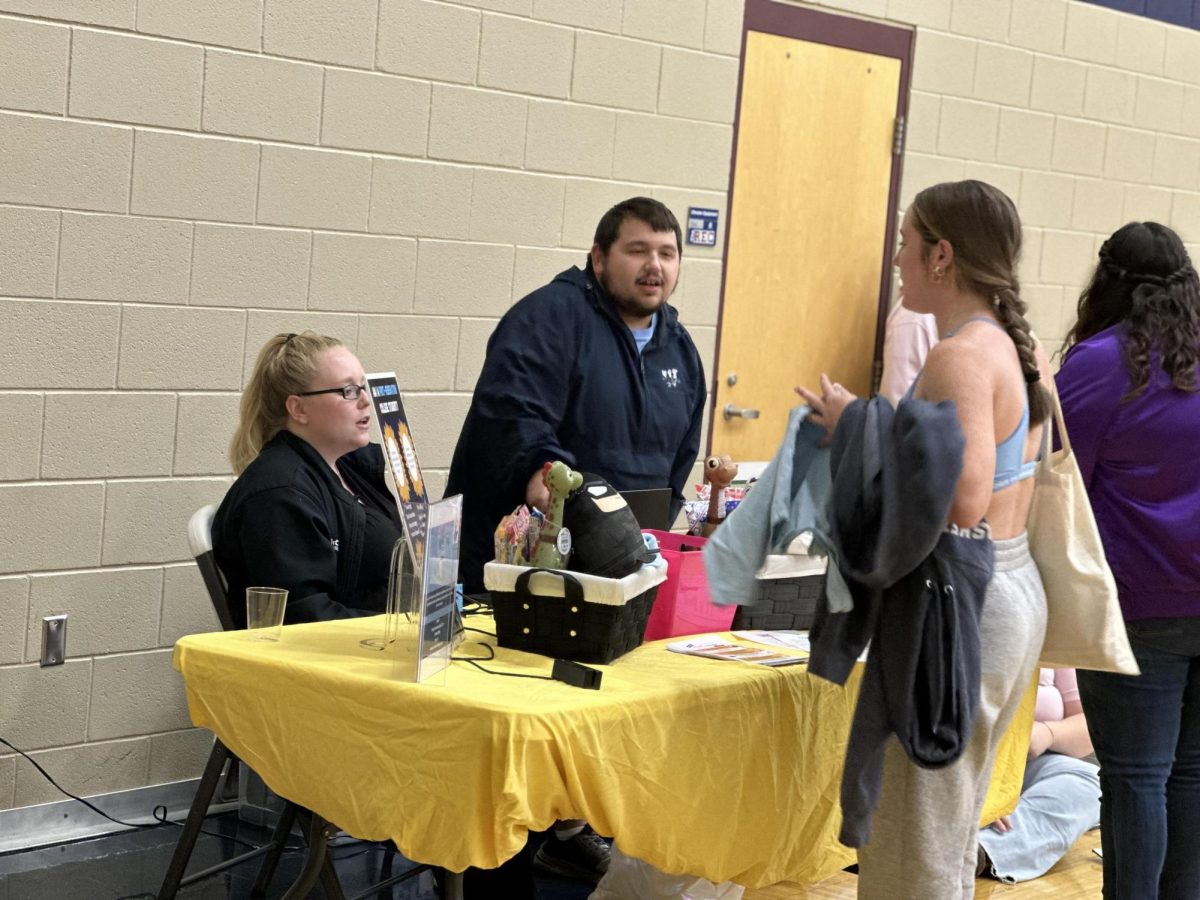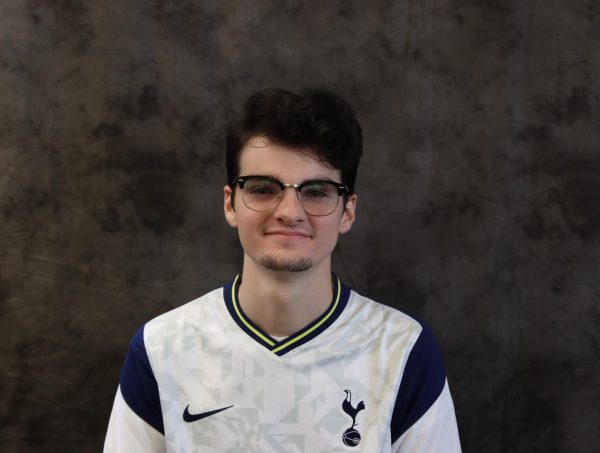On Tuesday, Sept. 24, the Washburn Student Government Association held the first Safety Walk of the semester, an opportunity for students to “bring up safety concerns such as areas with poor lighting, accessibility issues, access to emergency services” and more.
At 8:30 p.m., the chimes of Kuehne Bell Tower rang out while a group of about 25 Washburn students and staff members gathered together. Standing on the foot of the bell tower, Bella Wood, the vice president of WSGA, explained to the group the plan for the night. Wood also explained her involvement in organizing the Safety Walk and why doing it at night is an important aspect.
“So the vice president of WSGA has compiled this [Safety Walk] every year for a while,” Wood said. “It’s one of our responsibilities, and they always do it at night because one of the major concerns has always been lack of lighting on campus, and that’s something that’s hard to judge at noon. It’s also because we know that we have a lot of students who live on campus. We have late practices, we have performances and we have events and things of that nature. So we’re looking at ‘Okay, what are experiences like when people aren’t on campus like they are during the workday?’”
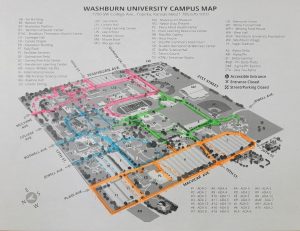
While still following the important guidelines that had been established in the past, Wood saw room for improvement within the way the safety walks had previously been conducted and also the reports that resulted from them.
“One thing we did different this year is splitting people up into different groups,” Wood said. “What has happened a lot historically is they would be in one big group, follow folks around, and take notes. But then when it came to actually reporting things, people had slept since then so they didn’t quite remember all the things, or their notes just weren’t as detailed. So what we did this year, was we made a reporting form, and split people into groups so that way everyone can be a reporter. It is written down, there are pictures, it’s tied to somebody. And we generate a lot of information from it. So like we did a pilot walk with some students last Thursday, and from that alone, we generated 67 responses.”
The pilot safety walk was the first of its kind. And it’s not the only first that will come this semester.
“Another thing we did different is not just doing one walk,” Wood said. “We have this one, and then there’s one in November after we do the daylight saving switch. Given that one’s earlier, we get a lot of light, but there’s also people who are heading home from work and people doing all of these other things because it’s at 5:30 instead of 8:30.”
Chris Enos, the chief of the Washburn University Police Department, was one of the WU staff members in attendance. He had his own perspective regarding why the second safety walk may bring new things to light.
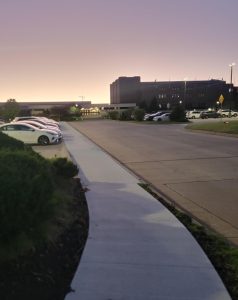
“You’d be amazed how much a change in foliage will change things. If you come in November and the leaves have changed, it’ll be much brighter just because of that,” Enos said.
Enos comes from a position of experience, having been on more than 10 safety walks in his career.
When asked if his presence at the safety walks were a requirement, Enos shared his thoughts.
“No, it’s not necessarily a requirement that anybody be here. Just like students, we’re a part of the community. I have a vested interest, obviously. And I like to know what students are thinking and what they’re concerned about, what they’re doing. The purpose of the safety walk is to identify those issues that are concerning to students, and we want to be able to hear what they have to say. We can get to reports, but it’s better when we actually see it and talk with the students that have the concerns.”
Enos has seen major changes come from the safety walks. He talked about lighting changes and “shaving down” cement for the sake of accessibility and removing tripping hazards. But the biggest change along his group’s path was a new sidewalk.
“The sidewalk between that street and that parking lot,” Enos said, outside of the Petro Allied Health Center as he gestured to a sidewalk with noticeably newer cement, “there used to be no way for a pedestrian to walk from the bus stop up to [Petro]. You had to basically walk in the street or walk in the parking lot, and there was a row of bushes that basically forced you to walk in the street. So we took out the bushes and put a sidewalk in this year.”
Tiana Smith, junior mass media major and WSGA senator,, took on the role of leading the group taking the pink route which focused on the East part of campus.
“The bulk of what we submitted in our group was sidewalk issues. There were multiple places outside of Yager and Carnegie and a few other places that had uneven sidewalks and that makes it really difficult if people are in mobility aids,” Smith said. “We also reported there not being tactile bumps on the end of all these sidewalks leading into crosswalks. That’s another hazard for the visually impaired. Other than that, a few places with lack of lighting that we reported, because that can also be a safety concern if people are hiding in the dark.”
Smith voiced the importance of attending these walks, and also how valuable it is that Washburn put on these Safety Walks.
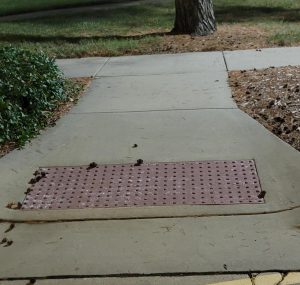
“I attended because I’m a part of the Washburn Student Government Association, so a bunch of the senators are here helping out with safety walks. I also like to attend these because, as a student with a physical disability, I like pointing out when there are certain things that able-bodied people may not notice are an issue. So things like uneven sidewalks can kind of seem like they’re not a big deal until they’re a really big issue to someone else,” Smith said.
“I think this is important for the school to sponsor because it’s student voices saying what they need. And if the school doesn’t allow those voices to be heard, then it [isn’t] a successful environment for students to thrive in and that’s kind of what the university is here for,” Smith said.
The first full safety walk of the semester resulted in 76 reports being made. Combined with the pilot safety walk from the week prior a total of 143 reports for safety improvements on campus were made. Not every report will be as large scale as the new sidewalk, but even minor improvements could be a source of major relief for anyone navigating the Washburn campus.
If you would like to make a safety report or RSVP for the next safety walk Nov. 14 at 5:45 p.m., use the following QR code which has been provided by the WSGA.
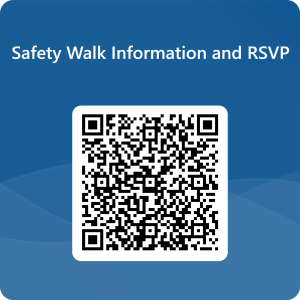
Edited by Stuti Khadka, Morgan Albrecht and Jeremy Ford





